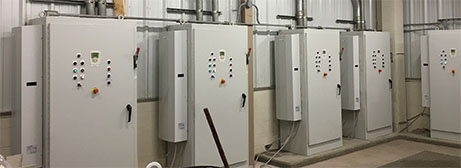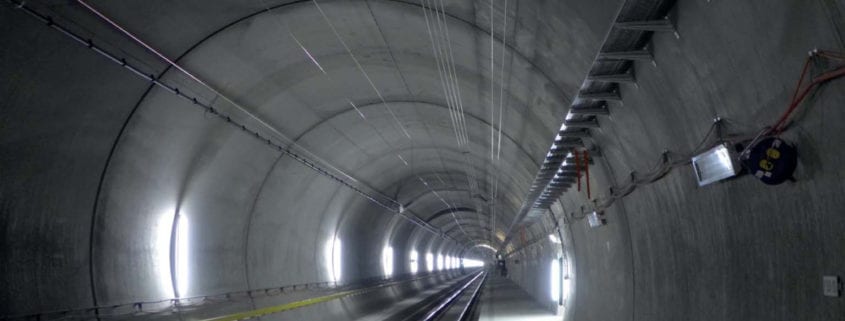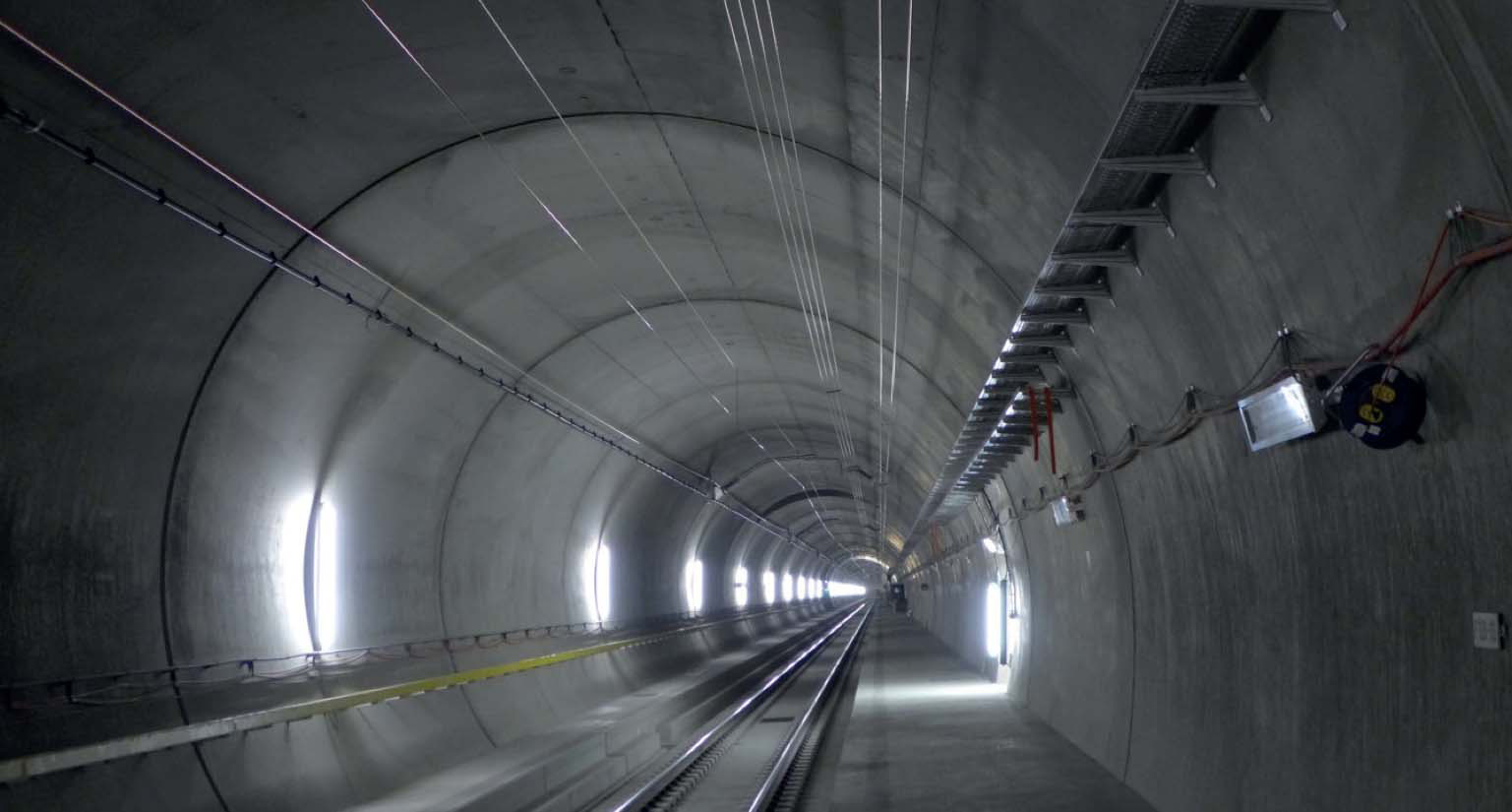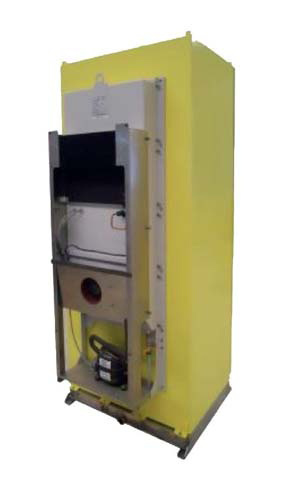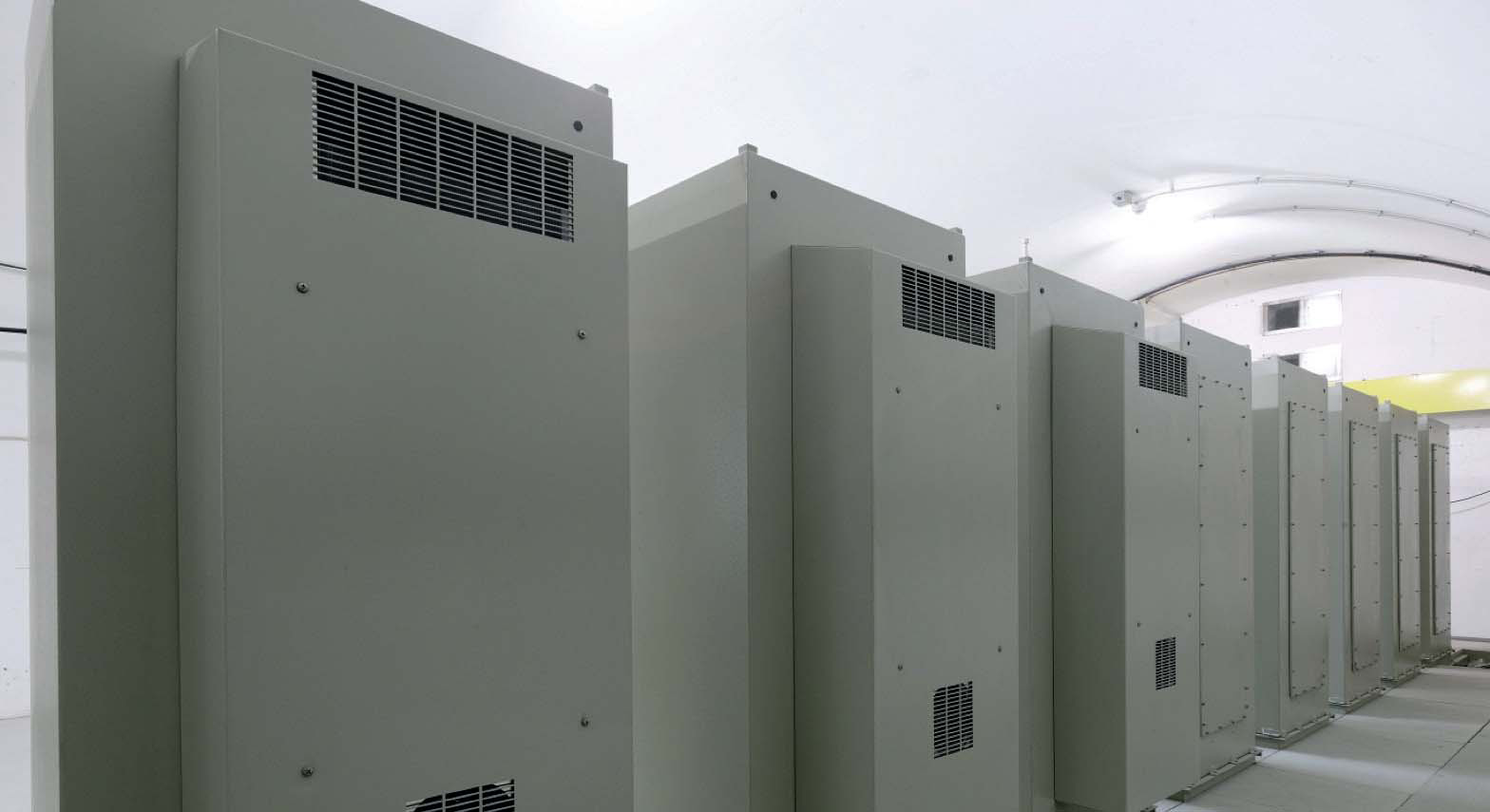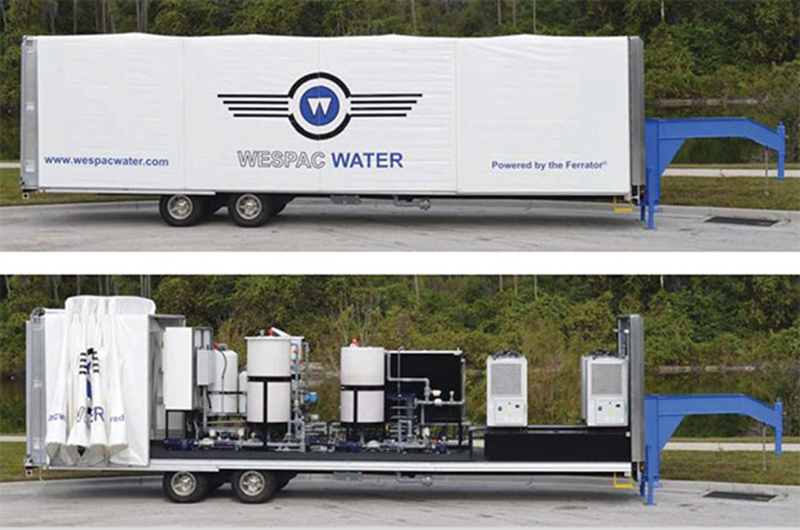
Pfannenberg fits chiller into confined space within a packaged Ferrator® targeted for water and wastewater treatment in third world countries.
In their quest to develop an affordable Ferrate synthesis system, Ferrate Treatment Technologies, LLC of Orlando turned to Pfannenberg for help with developing a liquid cooling solution for a small, cabinet based system. While already using Pfannenberg chillers for larger, trailer-based Ferrate synthesis systems, standard packaged chillers were capable of integrating seamlessly within the concept of the self-contained cabinet-based Ferrator system.
The “Packaged Ferrator®” overcomes the obstacles and high cost of using Ferrate, a highly potent oxidizing disinfectant for water and wastewater treatment. The portable Ferrate sythesis system is a game changer for delivering effective treatment for remote locations in underdeveloped nations.
The Treatment or “Cleansing” of Water Takes on Two Primary Requirements:
- Eliminating contamination within acquired water prior to using or drinking (potable water)
- Eliminating contamination within used water prior to its release back to the environment (waste water).
For both requirements, an element of cleansing involves disinfection which can be accomplished by several methods intended to kill, remove, or oxidize the contamination. Techniques include mechanical separation such as filtering and reverse osmosis; exposure to ultraviolet light and radiation; and the addition of chemicals such as chlorine or ozone, and now Ferrate. Each technique has its own advantages, disadvantages, effective cost ratio, and ability to scale up in order to treat the affected volume of water.
Oxidation is a process which causes chemical decomposition as well as breakdown of both organic and non-organic substances and is vital for the removal of contamination from water. As a chemical additive, Ferrate possesses extraordinary oxidation capabilities, however, it has historically been quite expensive to manufacture, which has limited its use primarily to laboratory research applications.
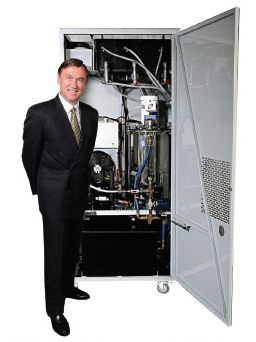
Luke Daly, CEO of Ferrate Treatment Technologies, LLC with the packaged Ferrator system
Attempts to produce economical and commercially viable quantities of Ferrate had seen limited success until Ferrate Treatment Technologies, LLC of Orlando (FTT) changed the game by creating a streamlined synthesis process and point-of-use production device. By eliminating storage, handling, and transportation costs associated with a pre-packaged product, FTT has cut Ferrate deployment costs by more than 85%.
The breakthrough device is called a Ferrator, initially available as a trailer or skid mounted system with various capacities targeted for water treatment applications in rural areas. The Ferrator is suitable for a variety of applications including municipal wastewater, industrial wastewater, drinking water, ship ballast water, and environmental water restoration.
Ferrate is highly effective for oxidation, disinfection, coagulation, de-watering, and deodorizing. Ferrate treatment removes phosphates and heavy metals; kills spores, bacteria, viruses and protozoa; removes colors and odors; and its by products are nontoxic.
Composition of the Ferrator
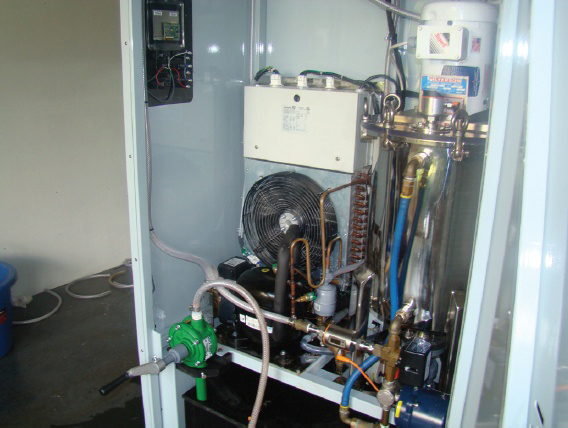 The Ferrator synthesizes Ferrate on-site from three raw ingredients: iron, bleach, and caustic, which are pumped to a homogenizer and reaction chamber. The final product is a liquid which is stored in a tank. Both the reaction and storage areas require cooling, which is provided by Pfannenberg chillers.
The Ferrator synthesizes Ferrate on-site from three raw ingredients: iron, bleach, and caustic, which are pumped to a homogenizer and reaction chamber. The final product is a liquid which is stored in a tank. Both the reaction and storage areas require cooling, which is provided by Pfannenberg chillers.
When FTT encountered problems with units from another manufacturer they contacted Pfannenberg to provide EB 150 chillers for skid-based systems.
Due to their successful experience with Pfannenberg chillers for system based electrical enclosure cooling, FTT turned to Pfannenberg once again for assistance with a project that required a chiller to fit in a smaller scale Ferrator system into an enclosure. Initially, a CC 6301 packaged chiller was used successfully; however, new design criteria required further miniaturization and this standard packaged chiller would no longer fit. The Pfannenberg engineering team went to work on designing, building, and delivering and open frame unit based on the CC 6301 that could fit within the confines of the small Ferrator enclosure.
” Without Pfannenberg’s cooperation, full support and timely expertise, FTT could never have achieved this historic build for a major philanthropic foundation that is committed to improving the lives of impoverished people in developing countries.” -Luke Daly, CEO (Ferrate Treatment Technologies, LLC)
The small scale Ferrator is targeted for use in third world areas for the treatment of human wastewater and drinking water. Here, the efficiency of the self-contained system will permit water purification in remote areas in which there are no sewer systems, water distribution systems, or central water treatment facilities. The small size of the Ferrator permits it to be readily transported to such remote areas and even be used as a portable device for use at multiple locations. The goal is not only to reduce the adverse effects of discharging untreated wastewater to the environment, but also improve human health by reducing contamination in water available for drinking.
Click here to download the Case study in PDF
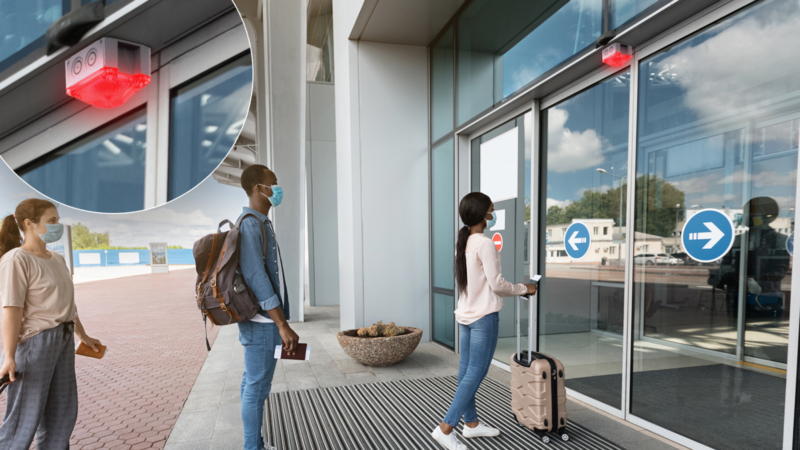
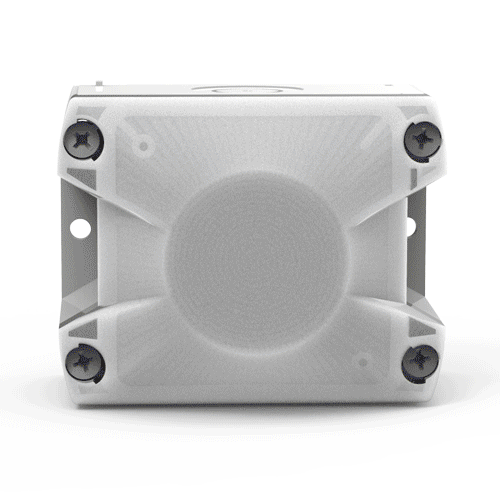


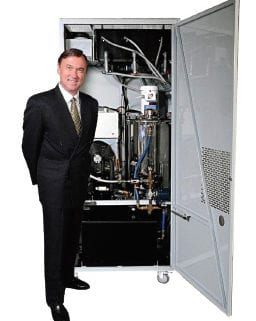


 The Ferrator synthesizes Ferrate on-site from three raw ingredients: iron, bleach, and caustic, which are pumped to a homogenizer and reaction chamber. The final product is a liquid which is stored in a tank. Both the reaction and storage areas require cooling, which is provided by Pfannenberg chillers.
The Ferrator synthesizes Ferrate on-site from three raw ingredients: iron, bleach, and caustic, which are pumped to a homogenizer and reaction chamber. The final product is a liquid which is stored in a tank. Both the reaction and storage areas require cooling, which is provided by Pfannenberg chillers.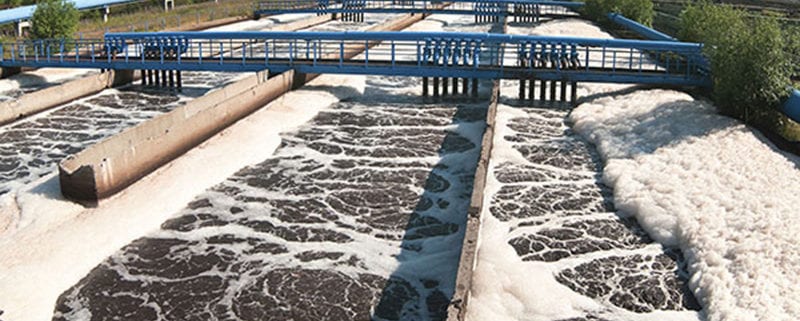
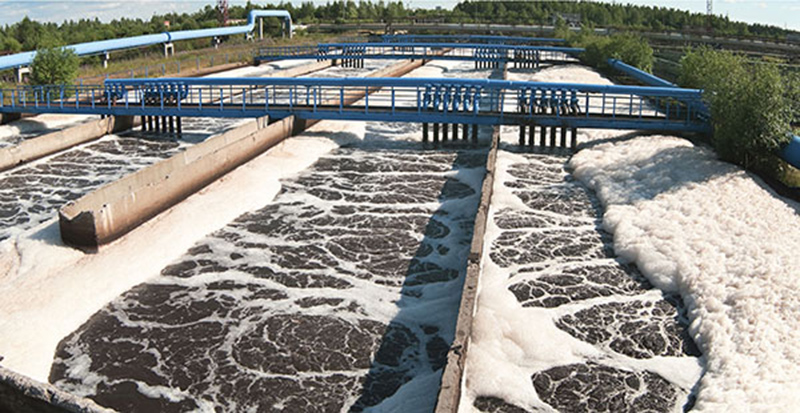
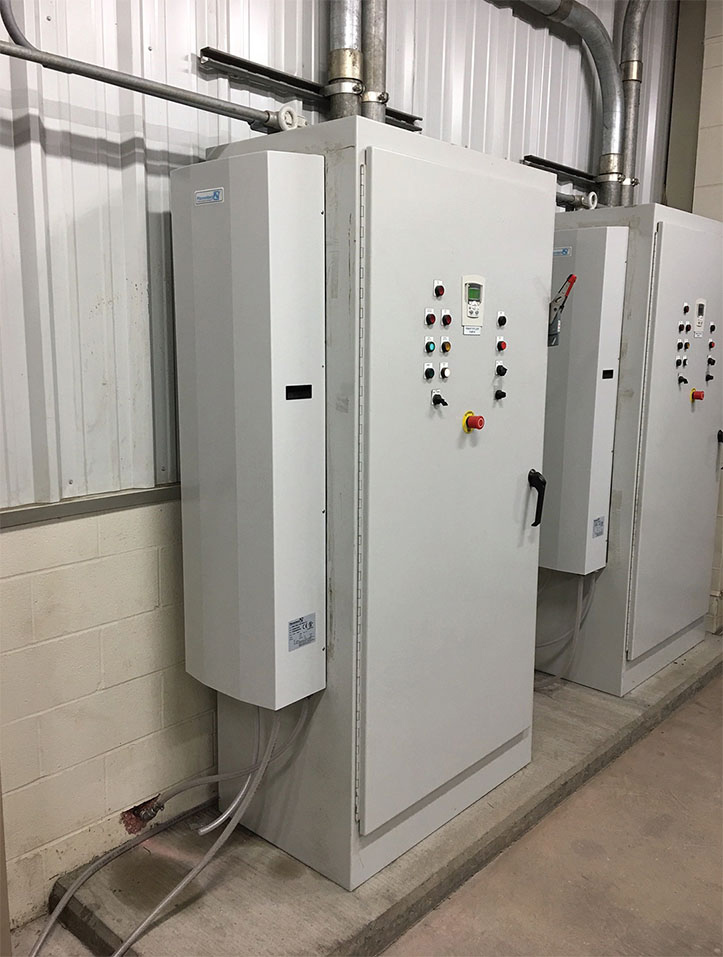 Effective electrical enclosure cooling for environments where H2S gas is present must utilize a closed loop technique to ensure that sour gas is not introduced into the enclosure where it could harm wiring, electrical connections, switches, and other components. In fact, for many installations it is advantageous to deploy an air or nitrogen purge system which creates a positive pressure within the enclosure in order to keep undesirable ambient elements, including sour gas, outside of it. As opposed to an open loop system that uses fans to draw ambient air into and push heat out of the enclosure, a closed loop system maintains isolation of the ambient air and permits the NEMA rating of the electrical enclosure to be maintained. Examples of closed loop cooling equipment for electrical enclosures include cooling units (also known as enclosure air conditioners or enclosure AC) and Air To Water Heat Exchangers.
Effective electrical enclosure cooling for environments where H2S gas is present must utilize a closed loop technique to ensure that sour gas is not introduced into the enclosure where it could harm wiring, electrical connections, switches, and other components. In fact, for many installations it is advantageous to deploy an air or nitrogen purge system which creates a positive pressure within the enclosure in order to keep undesirable ambient elements, including sour gas, outside of it. As opposed to an open loop system that uses fans to draw ambient air into and push heat out of the enclosure, a closed loop system maintains isolation of the ambient air and permits the NEMA rating of the electrical enclosure to be maintained. Examples of closed loop cooling equipment for electrical enclosures include cooling units (also known as enclosure air conditioners or enclosure AC) and Air To Water Heat Exchangers.